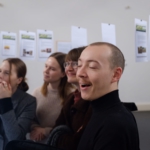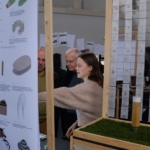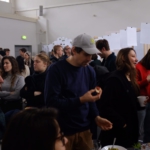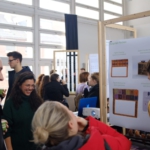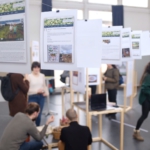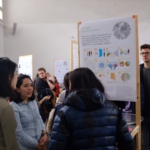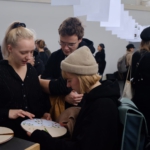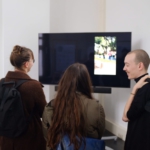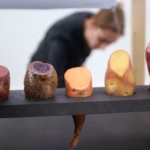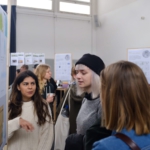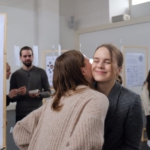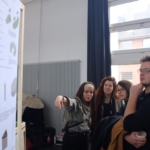Food is increasingly getting on the agenda of design and designers. And there is need for new approaches!
In this international project, we will research and analyse structures and processes related to food production, distribution and consumption in (future) cities (Cologne/Taipei).
We will develop possibilities of future approaches, especially in the context of increasing digitization (AI, IoT, blockchain, traceability, bait to plate, farm to fork) – and question them critically.
- How can we design a different relation to food, its ingredients and values, its production and culture, its habits and processes?
- How can we create new relations and values to ingredients of food?
- How can we connect (us to) different stakeholders, especially to build relations between farmer/producer and consumer.
A part of the project team – max. 6 students – will be able to work in Taipei for a week in November, supported by students from SCID Taipei and the project group in Cologne. Details will be clarified in the first project meeting.
In Cologne, we work together with local experts and stakeholders.
At the end of the semester, both the analysis and drafts / prototypes will be presented.
In the project we refer to the UN Sustainable Development Goals, in particular to SDG 11 and 12. Due to the topic, it might be possible to submit the results to the Cumulus Green Award (and I will encourage and support you to do so).

